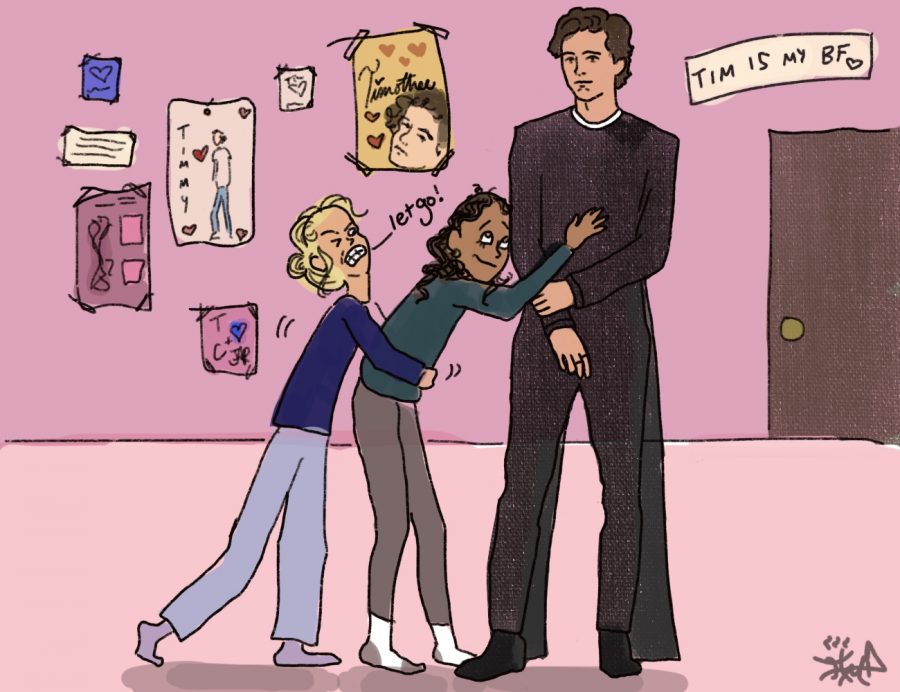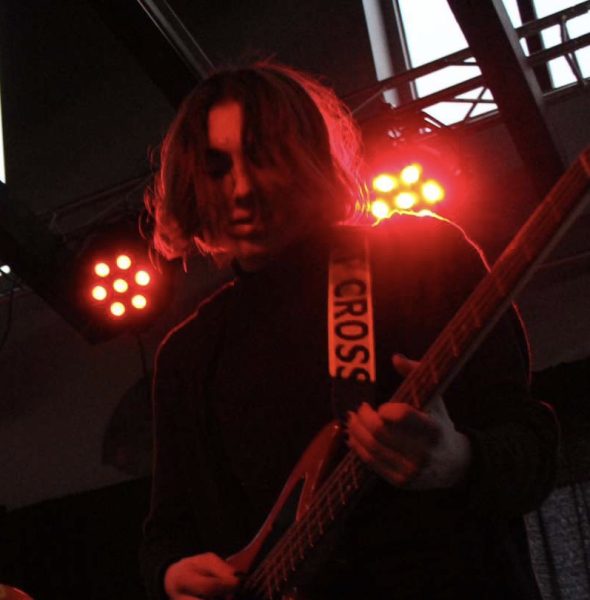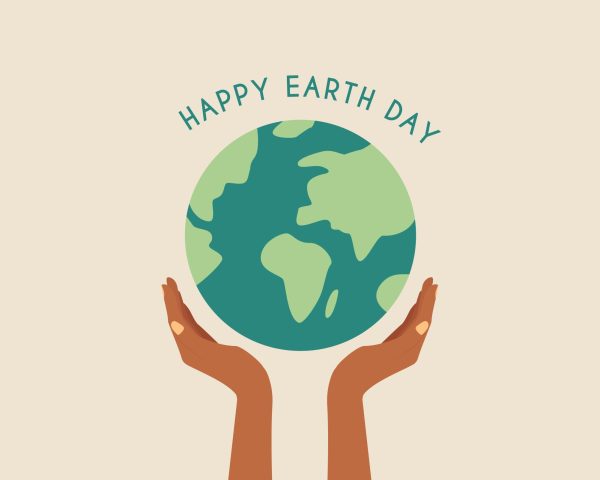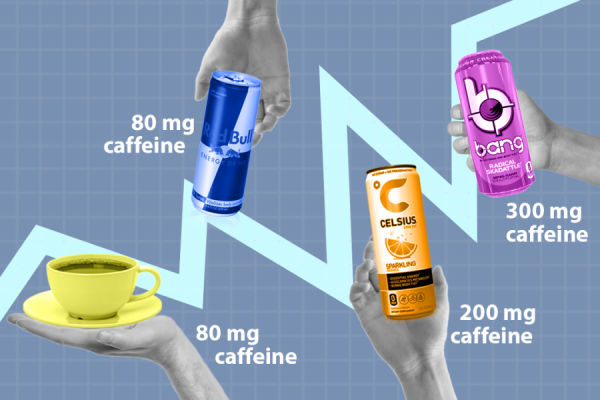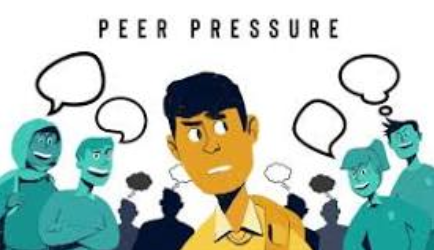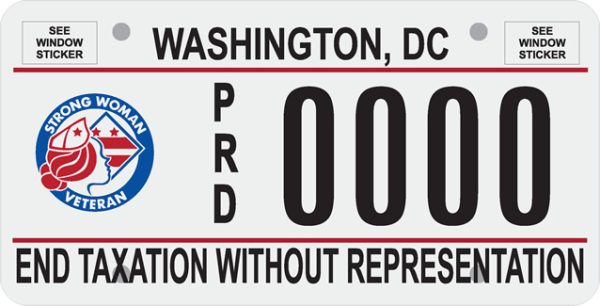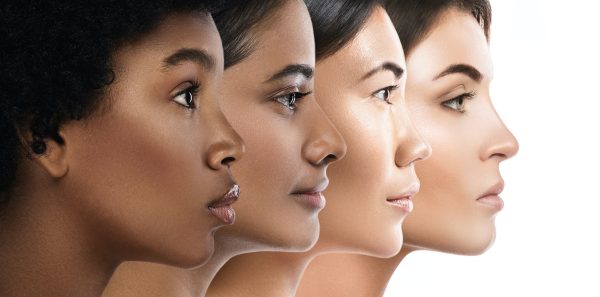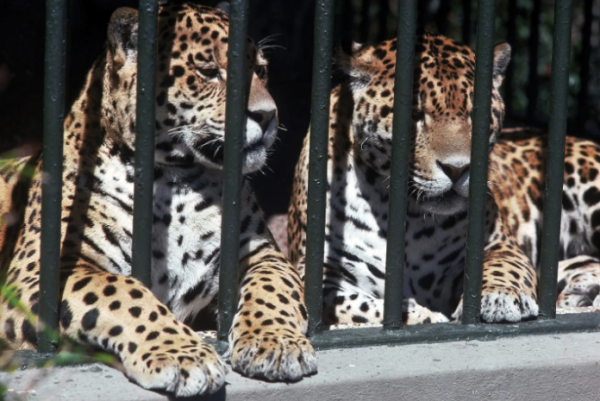Stan Culture’s Unending Chokehold on Youth
https://vtcynic.com/culture/life/columns/fan-or-friend-how-parasocial-relationships-became-commonplace/
March 27, 2023
What is a stan?
On November 20th, 2000, Eminem released the song “Stan”, telling a story of a crazed fan named Stan obsessively sending letters to Eminem with the fan slowly getting more and more delusional throughout the song. At the time of this release, the idea of a stan was seen as over exemplified — something that you would rarely see — but with time, the phrase became more and more applicable. As time went on and social media was introduced into the picture, stan culture became more and more visible on the surface. There is no real way to deduce when this culture first started reaching the trending page of Twitter, but its impact on the youth was apparent. Young adults and teens fell into a vortex of almost tribalesque culture, forming cliques with strangers online over shared values — such as a favorite band or movie. A big example of this was when K-Pop started growing in popularity in America, with younger teens starting to become obsessed with bands such as BTS, EXO, and Blackpink. This line of obsession stayed dormant, being just a niche community on certain corners of Twitter and subreddits. However, as it affected everyone, covid-19 sent parasocial obsession rising. Almost every day in 2020, it seemed as if a K-pop idol or Minecraft content creator was trending, but why?
Media consumption & depersonalization
Data from Recode expresses that media consumption in the US hit its all time highs in 2020 and 2021, consumption (in minutes) has been on a rise since 2011, but it was at a consistent rate. However, the rates went from 637 minutes on average being spent consuming media in 2019 to 666 minutes on average being spent in 2021. Once again, the clear antecedent of this data was Covid-19 and increased rates of free time due to quarantine. With so much free time, it is only natural to start seeing youth push for new forms of entertainment and distractions. When faced with a life changing period that you have no control over, it is only natural to start seeking means of escapism. In the thirties, the great depression was no different — many people seek refuge from the uncertainty of life of the time by watching movies, listening to the radio, or reading pulp fiction. The key difference between these two situations was forced isolation and increased forms of communication. This is where social media and more specifically, stan Twitter comes into play.
What Is Stan Twitter?
Stan Twitter, in a simple sense, is a large community on Twitter where ‘stans’ of celebrities find common ground with other members of their community on the basis of their favorite creator. These communities are insanely influential, with the biggest example of their influence being their impact on Donald Trump’s Tulsa rally in 2020. After announcing that he would be holding a rally and that the tickets would be free, an influx of posts were made by K-Pop stan accounts with the link to the rally’s tickets — asking to sign up for tickets under a fake name. These posts would be circulated around and deleted in 24 hours to conceal their intent. In the end, it was believed that around 17,000 of the 19,000 seat capacity were empty and reserved for fake people. These communities also have stunted the outreach of white supremacist groups on Twitter — filling the #WhiteLivesMatter hashtag with fan cams (edits of their favorite K-Pop group or Idol), normally alongside a caption saying “Stan ____”. It is almost redundant to say that these communities have an impact on social media and the real world as well. But how does this affect the said person involved?
Upsides of Parasocial Interaction
Parasocial interactions, in general, are not traditionally a bad thing. As a medium, everyone who consumes media has some form of parasocial interaction. Whether this be having a favorite actor, following an influencer you like, finding a celebrity attractive, or even enjoying an Artist’s music — it’s all parasocial. It is also theorized that, in moderation, parasocial interaction can be a good thing. According to WebMD, it has been found that YouTube content creators that have talked about their experiences with mental illness have helped break down a stigma of the mentally ill within their fans. It’s also beneficial to encourage healthier lifestyles with influencers acting as role models, boosting self confidence and body image by finding influencers that look like you or that you can relate to when it comes to LGBTQ+ influencers, and in light of Covid-19 — parasocial interaction helped people feel less isolated in the middle of a pandemic. All of this seems really nice in rose-tinted glasses, but anything can be parasitic in extreme amounts.
A One Way Love
Younger people are 100% more impressionable than their older counterparts, and this is more apparent in a digital age. When immersed into a community where celebrities are being held up like religious figures create obsession — a parasocial relationship in which said person believes they are actually close to this person just based on how much they know about this person, who most likely knows nothing about the stan. It is also important to take note of the fact that content creators, in most cases, put on a persona for their audience — the stan loves the idea of the person, not the actual person, creating a disconnect as well and almost forcing the said content creator to have to act this way constantly to keep their career, effectively dehumanizing them. These relationships are not harmful in moderate portions, with a study done by the University at Buffalo projecting that, in moderation, parasocial relationships can increase self-esteem and boost mood. The issues become apparent when these relationships are put higher above actual friendship — substituting real genuine interaction for one-way obsessive digital interaction.
Addiction, Parasites, and Obsession
Codependency, as a whole, is never a good thing — it depersonalizes the person of whom a person is dependent on, rendering them into an idealistic god-like figure, registering them as no longer human. Celebrity worship has existed ever since the Beatles, with fanfiction (stories written by fans that fictionalized real life people or characters) being written about said band in the 60s, and obsession has only progressed. Bigger YouTubers involved in these stan-centered networks have had to deal with extremes, with the then-16-year-old minecraft content creator Tommyinnit having to explicitly state to his fans that he is not okay with “…any of this NSFW fan-fic, whatever that is on the Wattpad or on Twitter, I am not comfortable with that and I do not endorse it. I thought it would have been obvious because I’m a child but I thought I’d just let you all know”. Of course, this is not the only case of this — but it was a pivotal case due to the popularity of said YouTuber. Celebrity obsession could also be linked to media addiction and create relationship idolization — illustrating unrealistic love and harmful obsessive behaviors with a lover.
Conclusion
As humans, we are very keen to idolize higher up figures and model ourselves after them. This is a completely normal and old concept, with the idea of celebrities in general dating back to ancient times (ex: Ancient Greek playwrights and philosophers) — but this concept is now naturally measured to a new extreme due to the overwhelming amount of forms of communication. With technological dependency heightening in a post quarantine world, centering your life around a social influencer is the worst thing you could possibly do — spiraling yourself deeper and deeper into an obsession that will make you forget yourself.



